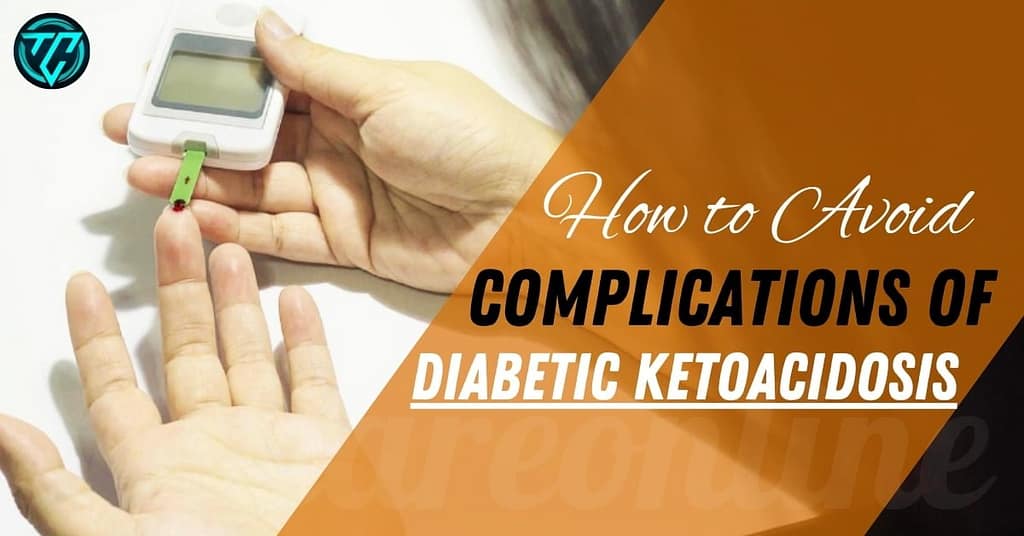On This Page
What is diabetic ketoacidosis, and how does it impact those with diabetes?
Diabetic ketoacidosis (DKA) is a serious complication where the body produces excess blood acids, known as ketones, due to a lack of insulin. Understanding DKA is vital for prevention and quick action—learn how to stay protected!
DKA Diabetic Ketoacidosis
Diabetic Ketoacidosis (DKA) is most common in individuals with Type 1 diabetes, but it can also occur in those with Type 2 diabetes, especially under certain conditions such as illness or stress. DKA develops when your body doesn’t have enough insulin to allow glucose (sugar) to enter your cells for energy. Instead, the body begins to break down fat for energy, which produces ketones—an acidic byproduct. If too many ketones accumulate in the bloodstream, it can cause a dangerous chemical imbalance, leading to DKA.
Symptoms of Diabetic Ketoacidosis
Recognizing the early symptoms of diabetic ketoacidosis is critical for preventing it from progressing to a more dangerous stage. Here are the common symptoms to look out for:
- Frequent urination: High blood sugar levels lead to the kidneys trying to flush excess glucose out of the body.
- Excessive thirst: As your body loses water through urination, dehydration sets in, causing intense thirst.
Read More:

Symptoms of Diabetic Ketoacidosis
Recognizing the early symptoms of diabetic ketoacidosis can help in seeking treatment before
Causes of Diabetic Ketoacidosis
Several factors can trigger diabetic ketoacidosis. Understanding these causes can help prevent the condition:
- Missed insulin doses: Skipping insulin injections is the most common cause of DKA, particularly in people with Type 1 diabetes.
Read More:
Treatment of Diabetic Ketoacidosis
If you or a loved one is diagnosed with diabetic ketoacidosis, treatment is crucial and typically occurs in a hospital setting. The goal of treatment is to correct the high blood sugar and restore the body’s chemical balance. Here’s a breakdown of common treatments:
- Fluid replacement: Intravenous fluids help to rehydrate the body and dilute the excess sugar in the bloodstream.
Read More:
The Importance of Seeking Early Medical Attention
Diabetic ketoacidosis can develop quickly and become life-threatening within hours. If you or someone you know has diabetes and exhibits the symptoms of DKA, it is vital to seek emergency medical treatment. Early intervention can significantly reduce the risk of complications and improve outcomes.
Awareness for Diabetes
While diabetic ketoacidosis is a serious complication, it is manageable and often preventable with the right care. Whether you have Type 1 or Type 2 diabetes, maintaining a consistent diabetes management plan can help you avoid DKA and other diabetes-related complications. By regularly monitoring your blood sugar levels, adhering to your insulin regimen, and staying aware of the signs of DKA, you can lead a healthy and fulfilling life.
Takeaway:
Don’t wait for a crisis—prioritize your diabetes care and prevent diabetic ketoacidosis by staying informed, diligent, and proactive about your health. If you’re unsure about your diabetes management plan, consult with your healthcare provider for personalized advice.



